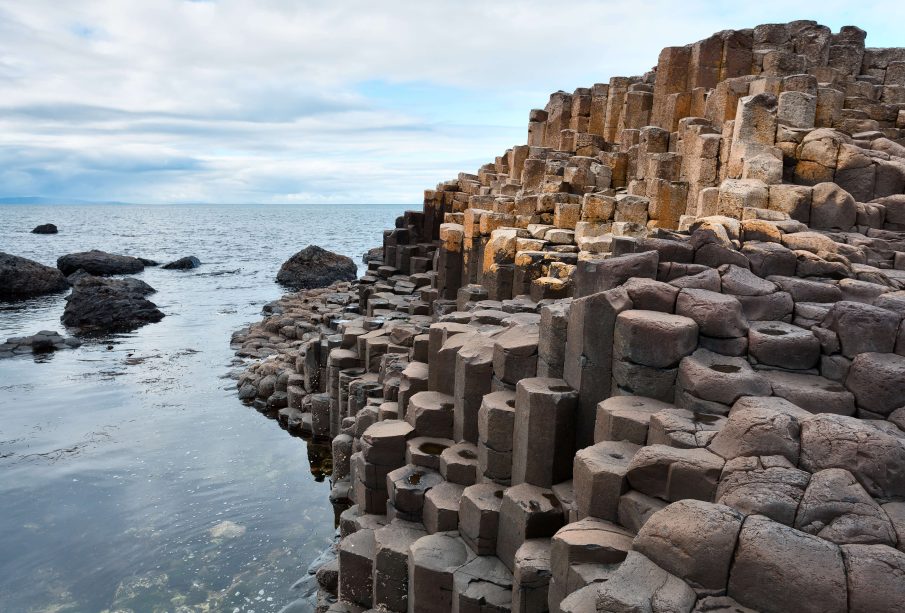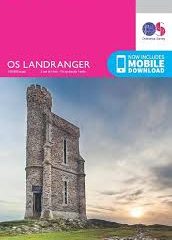Exploring the Wonders of Giant’s Causeway

Introduction
The Giant’s Causeway is one of Northern Ireland’s most iconic natural landmarks, attracting over a million visitors each year. Renowned for its unique hexagonal basalt columns formed by volcanic activity, this UNESCO World Heritage site not only exemplifies the stunning beauty of nature but also holds significant cultural and mythological importance. In recent times, the area has gained further attention due to its status as a popular tourist destination, particularly as travel recovers in the wake of the COVID-19 pandemic.
Geological Significance
The geological formation of the Giant’s Causeway dates back approximately 60 million years. The stunning columns, measuring up to 12 meters high, were created by the rapid cooling of lava after a volcanic eruption. The unique pattern of these columns has intrigued scientists and visitors alike, leading to in-depth studies on volcanic geology. Recent studies have highlighted the importance of such formations in understanding Earth’s volcanic activity and landscape evolution.
Cultural and Mythological Aspects
Beyond its scientific importance, the Giant’s Causeway is steeped in mythology. According to local legend, the causeway was built by the giant Finn McCool as a bridge to Scotland to confront a rival giant, Benandonner. This story has made the site a symbol of Irish folklore, attracting storytellers and tourists interested in the rich cultural history of the area. The causeway’s myths continue to be a focal point for local heritage events, celebrating the legends that surround this magical landscape.
Visitor Experience and Conservation Efforts
The Giant’s Causeway has undergone various conservation efforts aimed at preserving its natural beauty and educating the public about its significance. The visitor centre, established in 2012, provides an immersive experience with interactive displays, informative exhibitions, and guided tours that engage visitors with the science and stories behind the formation. Recent reports indicate that the visitor centre has prompted a surge in attendance, thereby bolstering local economies while ensuring sustainable tourism practices.
Conclusion
The Giant’s Causeway represents not only a geological marvel but also a rich tapestry of cultural history. As tourism increases post-pandemic, it is vital to balance visitor access with preservation efforts to maintain the site for future generations. The importance of the Giant’s Causeway extends beyond its stunning visuals, reminding us of the unique interplay between nature, culture, and history. Moving forward, ongoing conservation initiatives and public awareness will be crucial in safeguarding this extraordinary site for years to come.









